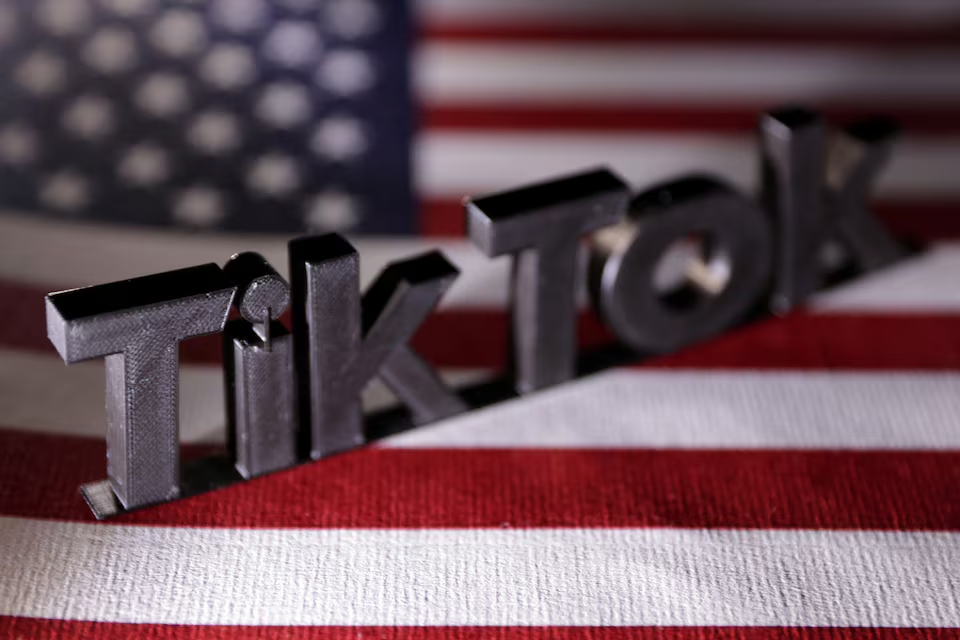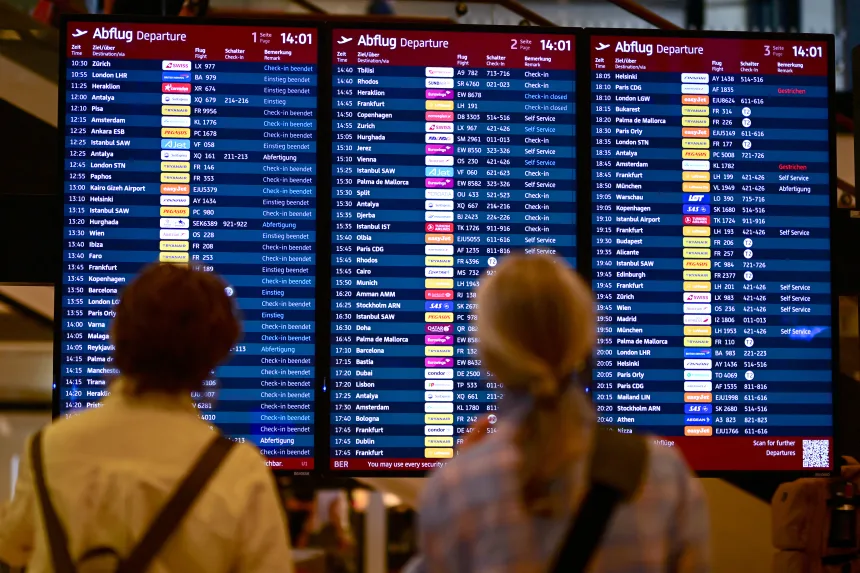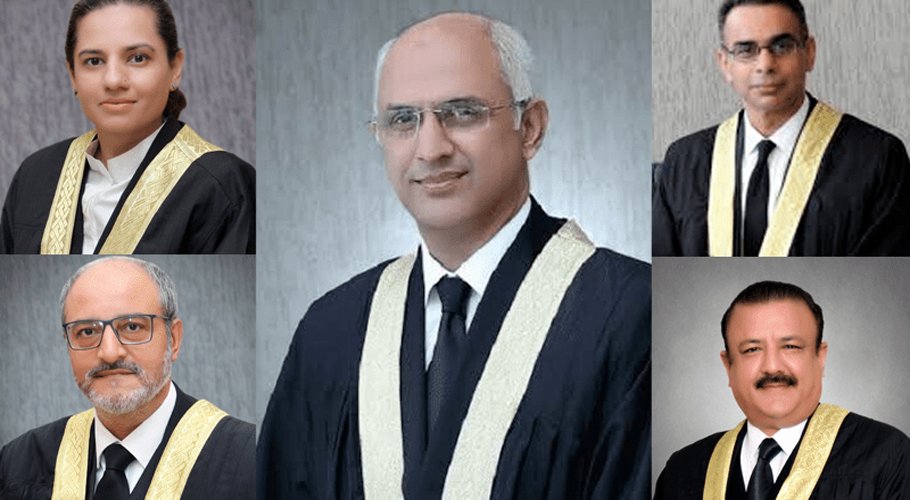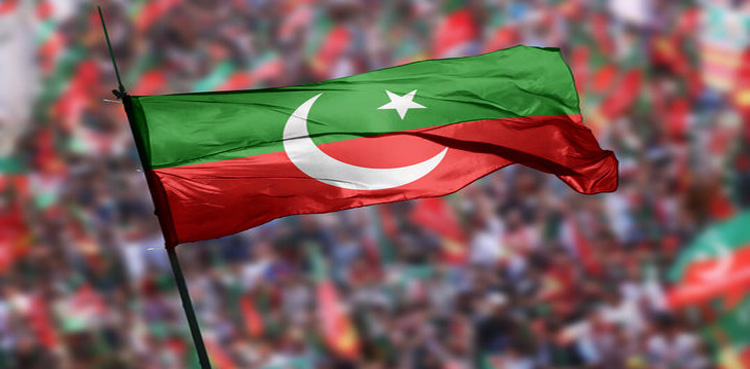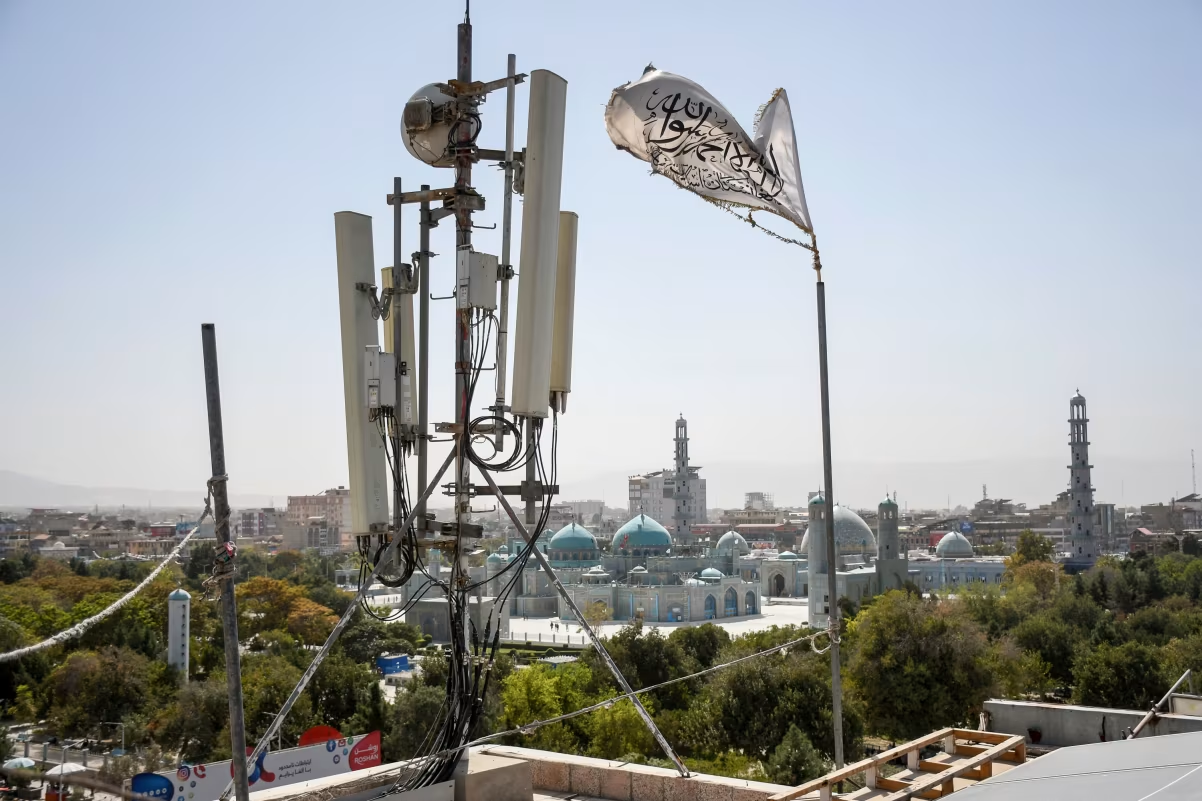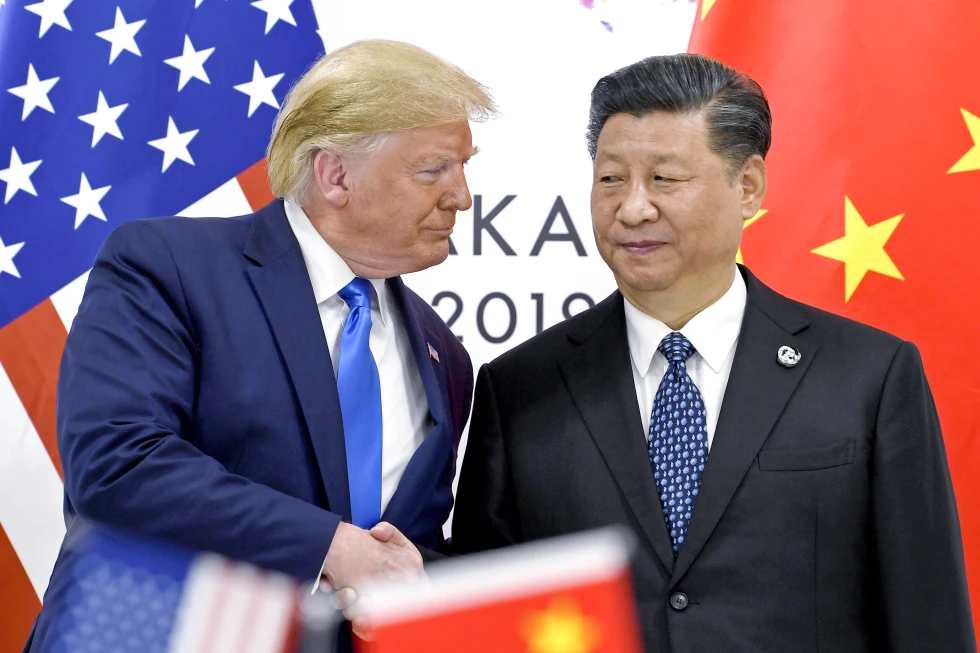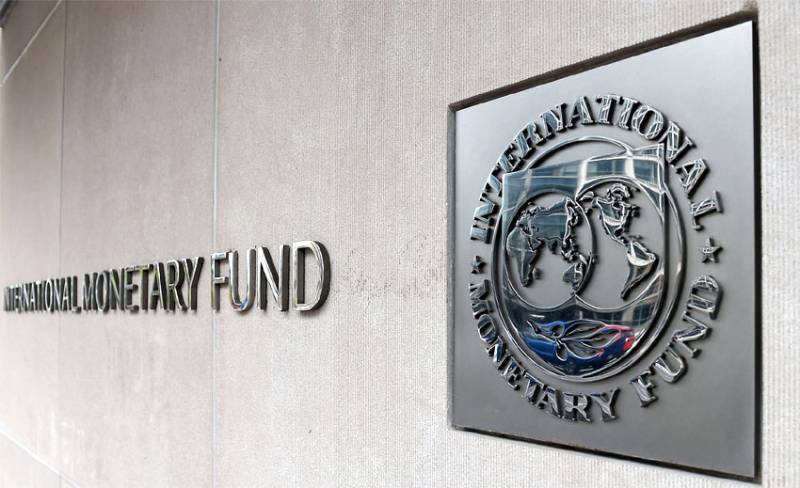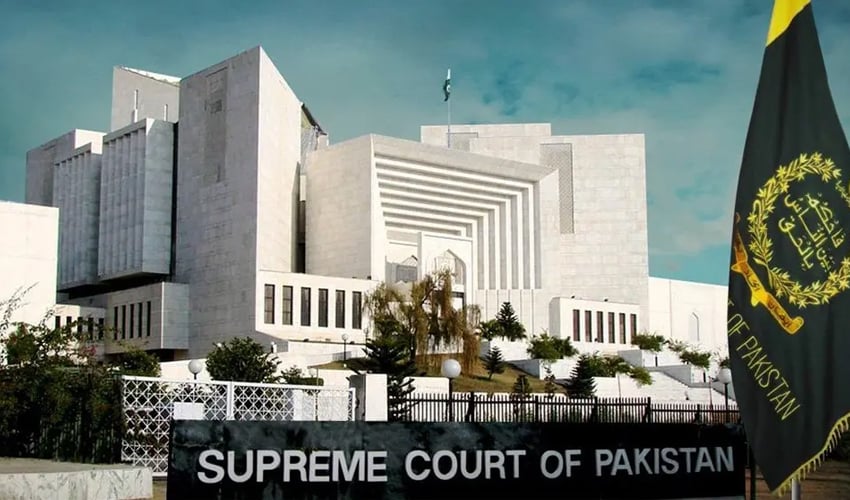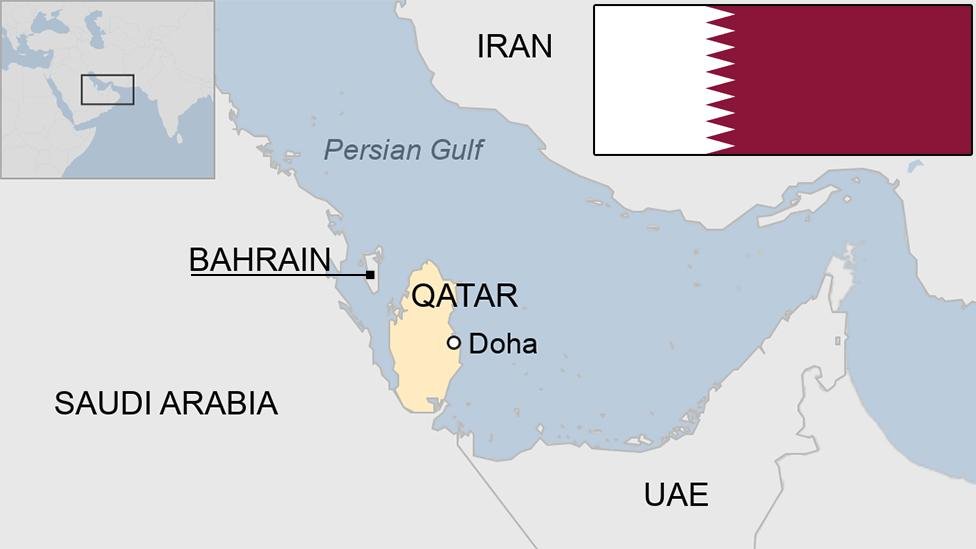At least two civilians have lost their lives and two Thai soldiers have been injured in a severe military exchange between Thailand and Cambodia near a disputed stretch of their shared border. The violence broke out on Thursday near the ancient Ta Moan Thom Temple, a contested site that has been the center of recurring tensions between the two Southeast Asian nations. The temple, located in Cambodia’s Oddar Meanchey province but claimed by both countries, has long been a geopolitical flashpoint due to unclear territorial demarcation inherited from the colonial era.
According to statements issued by Thailand’s military, the confrontation began when Cambodian forces deployed a surveillance drone over the border region. Shortly afterward, Cambodian troops reportedly opened fire using heavy artillery and BM21 long-range rocket launchers. The intense barrage left at least two Thai soldiers injured and forced Thai authorities to carry out mass civilian evacuations from nearby settlements. Over 40,000 residents from 86 villages in Thailand’s Surin province have been relocated to safer areas, according to Sutthirot Charoenthanasak, the district chief of the region.
Civilian casualties further intensified the crisis. Two Thai nationals were killed and several others injured as a result of Cambodian shelling early Thursday morning. The attacks struck residential zones, sparking widespread fear and damaging infrastructure. This escalation has caused alarm not only among border communities but also across Thailand, where public and political pressure is mounting for a strong but measured response.
On the Cambodian side, the narrative is markedly different. The country’s Ministry of National Defence released a statement blaming Thailand for initiating the hostilities. According to their account, Cambodian troops only fired back after coming under heavy fire from Thai positions. Former Prime Minister Hun Sen took to social media to reinforce this version of events, stating that Thailand had shelled two Cambodian provinces—Oddar Meanchey and Preah Vihear—and that Cambodia was compelled to retaliate in self-defense. He urged citizens to remain calm and to avoid panic-buying food supplies, signaling awareness of the broader social anxiety that conflict tends to provoke.
The clash highlights the volatile nature of the Thai-Cambodian border, especially around heritage sites like the Ta Moan Thom Temple, where overlapping historical claims remain unresolved. Despite multiple rounds of negotiations and previous ceasefires, both countries continue to rely on differing colonial-era maps to assert ownership. Past clashes, particularly in 2008 and 2011, also led to fatalities and cross-border displacement, showing a pattern of recurring instability tied to the disputed landmarks.
This latest violence has again placed civilians in the crossfire, with children, the elderly, and families forced to flee their homes under threat of bombardment. Relief efforts are currently underway in Thailand to support the displaced populations, though the situation remains tense and unpredictable. Local authorities and humanitarian organizations are coordinating to provide emergency shelter, food, and medical services to those affected.
Meanwhile, the international community has begun to express concern over the situation. Regional analysts and ASEAN observers are calling for both countries to exercise restraint and return to diplomatic dialogue. The risk of prolonged military engagement or accidental escalation could have dire consequences, not just for bilateral relations but also for regional stability and economic cooperation in Southeast Asia.
At the heart of this conflict lies not only a disputed border but also the broader challenge of nationalism and historical memory in foreign policy. Both Thailand and Cambodia have in the past used border tensions to rally domestic support, particularly during politically sensitive times. The involvement of influential political figures like Hun Sen and the mobilization of heavy weaponry indicate that this is not merely a skirmish but a potential crisis requiring urgent de-escalation.
In conclusion, the recent flare-up at the Thailand-Cambodia border underscores the fragility of peace in regions where history, geography, and politics collide. With lives already lost, communities displaced, and mutual distrust intensifying, both governments face a pivotal choice: to allow nationalism to deepen divisions or to commit to diplomacy and peaceful resolution. The coming days will reveal whether the path chosen will lead to reconciliation or further conflict.





